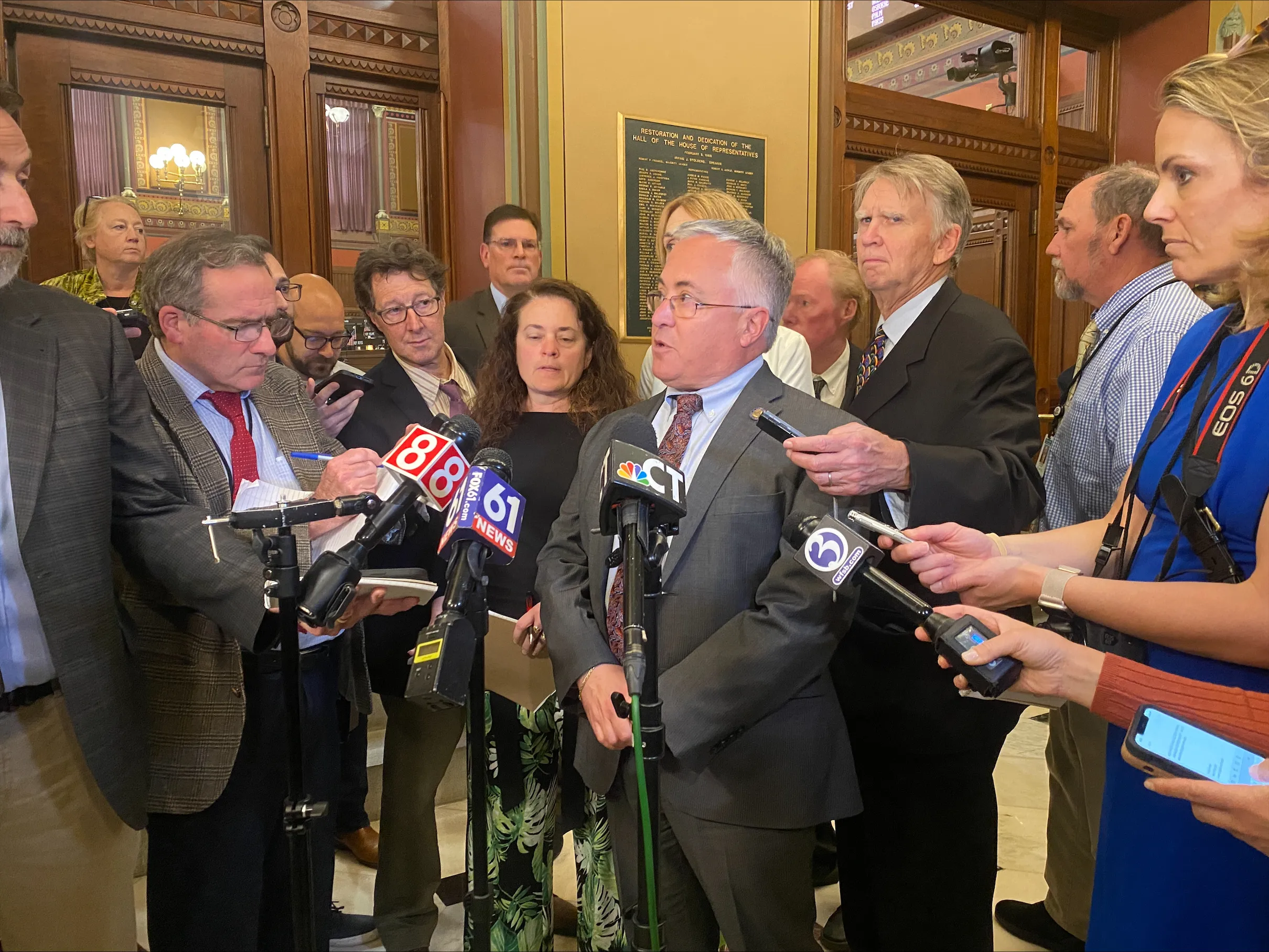Budget Surpluses Surge, Prompting Reevaluation of Savings Program
Legislative Leaders Advocate Adjustments Amid Calls to Preserve Essential Programs
According to CT Mirror Connecticut‘s financial landscape has taken an unexpected turn as state legislators grapple with the revelation that budget surpluses could soar to or exceed $1 billion by 2026. This surge in revenue has prompted calls for a reevaluation of an aggressive savings program which critics argue is constricting vital programs. Initially designed to compel legislators to save a portion of volatile income and business tax receipts the program is now projected to amass $1.12 billion in the current fiscal year—$645 million more than originally anticipated. Amidst this windfall concerns have been raised regarding the program’s impact on essential services prompting a reassessment of its efficacy and necessity.
Senate President Pro Tem Martin M. Looney and House Speaker Matt Ritter have underscored the need to adjust the savings program amid the unprecedented revenue surplus. Despite the program’s success in bolstering budget reserves and reducing pension debt legislators are scrambling to allocate approximately $400 million of this windfall to prevent further cuts in higher education and human services next fiscal year. The discussion around modifying the savings system reflects a broader effort to balance fiscal responsibility with the imperative of adequately funding essential programs. As Connecticut’s fiscal landscape continues to evolve lawmakers are facing mounting pressure to ensure that surplus funds are allocated equitably to address the state’s most pressing needs.
READ ALSO: CT revenues soaring, but legislators still can’t spend them

Connecticut’s Surplus Boom Raises Questions on Savings Program: Lawmakers Debate Balancing Fiscal Responsibility and Essential Services Funding-Be aware!(PHOTO: WGBH)
Striking a Balance: Navigating Connecticut’s Fiscal Landscape
While no concrete changes have been proposed yet Ritter anticipates that legislators will revisit the threshold of the savings program in the near future. The issue has sparked contentious debate, with proponents of maintaining fiscal guardrails like Governor Ned Lamont cautioning against altering established budget controls. However critics argue that stagnant or shrinking support for core programs underscores the urgency of adjusting the savings program to better align with the state’s evolving financial needs. As discussions unfold finding a delicate balance between fiscal restraint and adequate funding for essential services will be paramount in charting Connecticut’s financial course for the years ahead.
Furthermore, Connecticut faces a debate over its savings program amid a growing budget surplus. While supporters highlight its role in bolstering reserves and reducing pension debt, critics stress concerns over potential impacts on vital services. With calls for a reassessment of the program’s parameters balancing fiscal prudence with adequate funding for programs like education and human services becomes crucial. The outcome will shape Connecticut’s financial path emphasizing the need for thoughtful decision-making.
READ ALSO: Lamont defends fiscal guardrails but is open to workarounds

















































